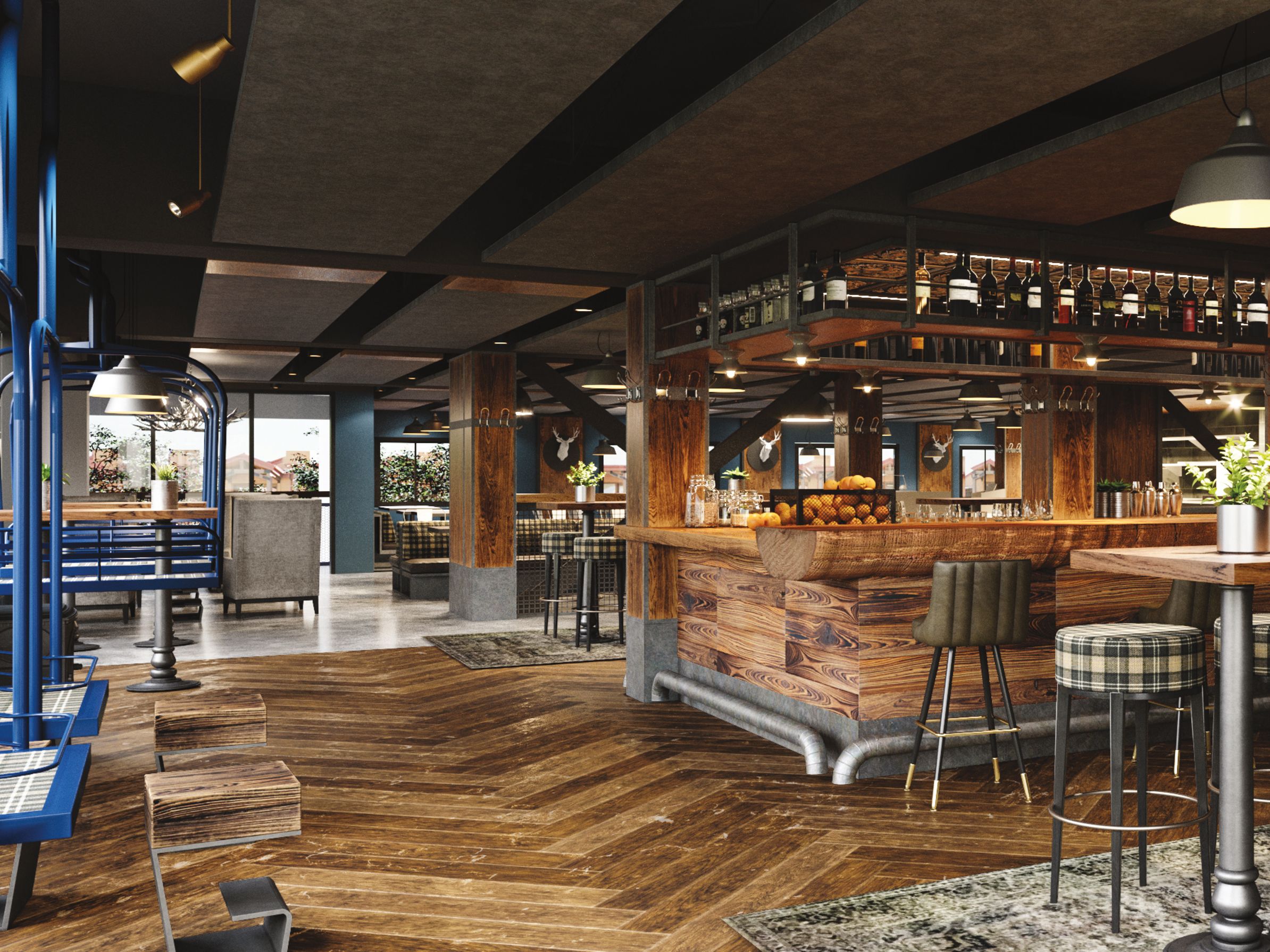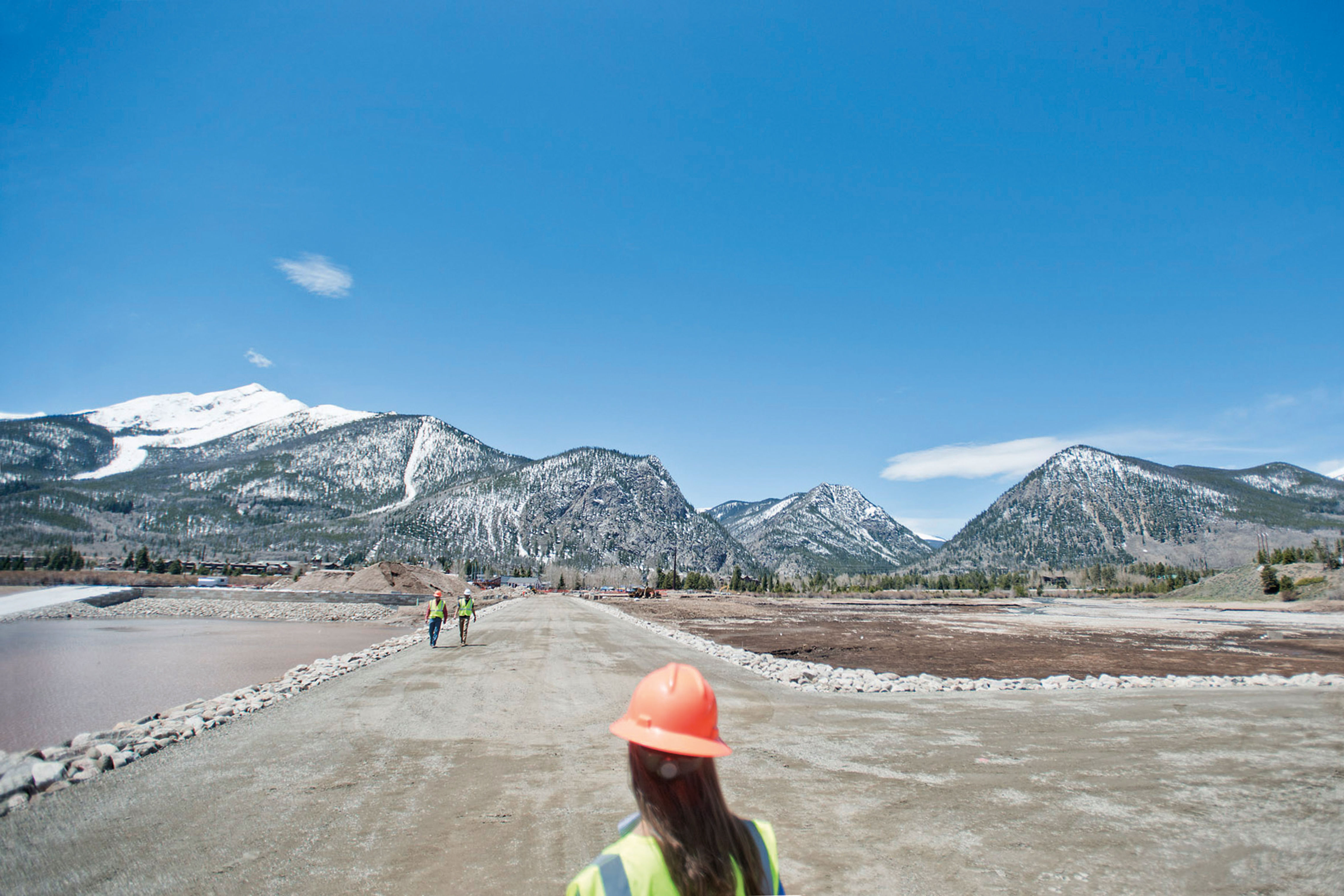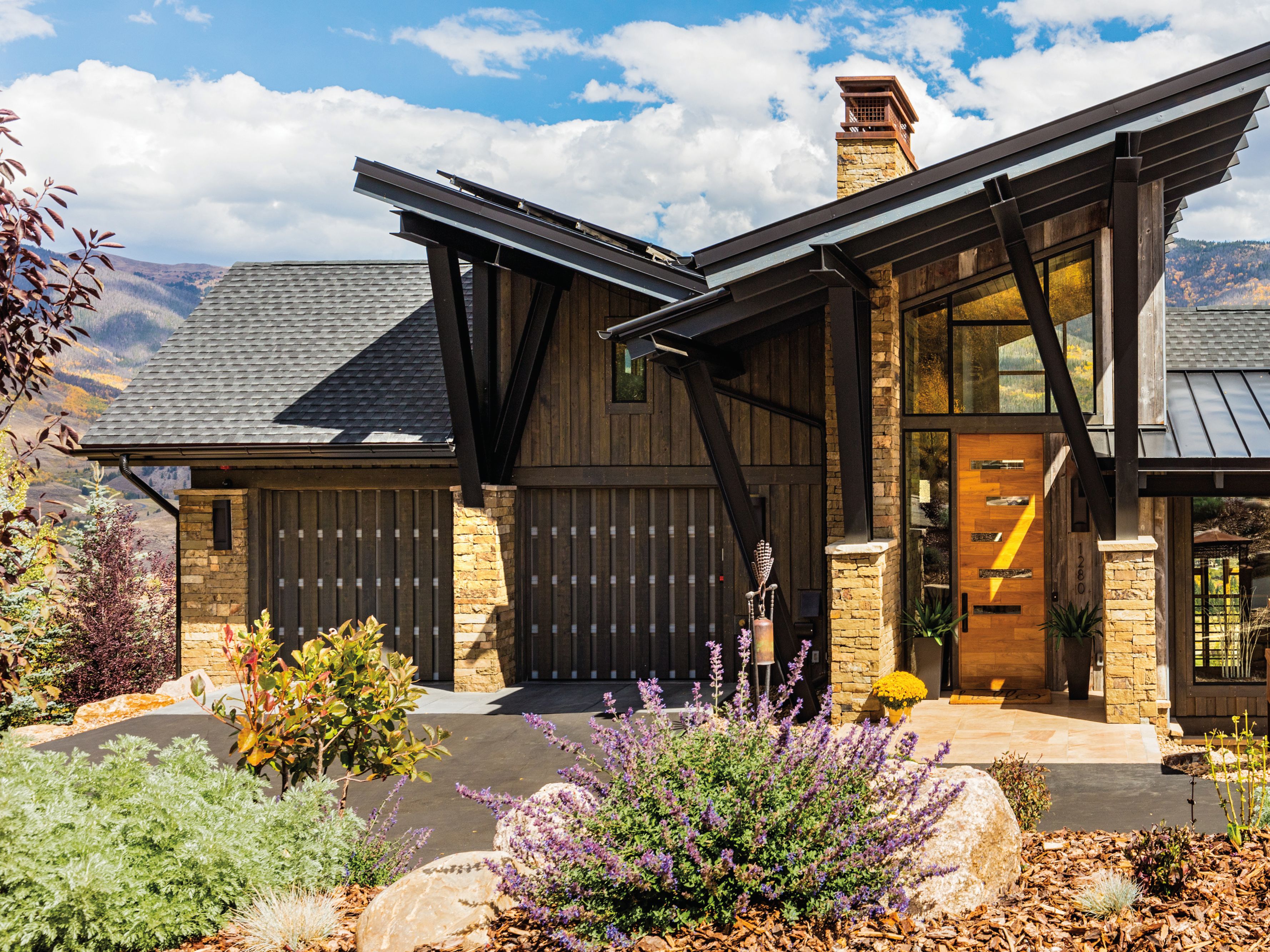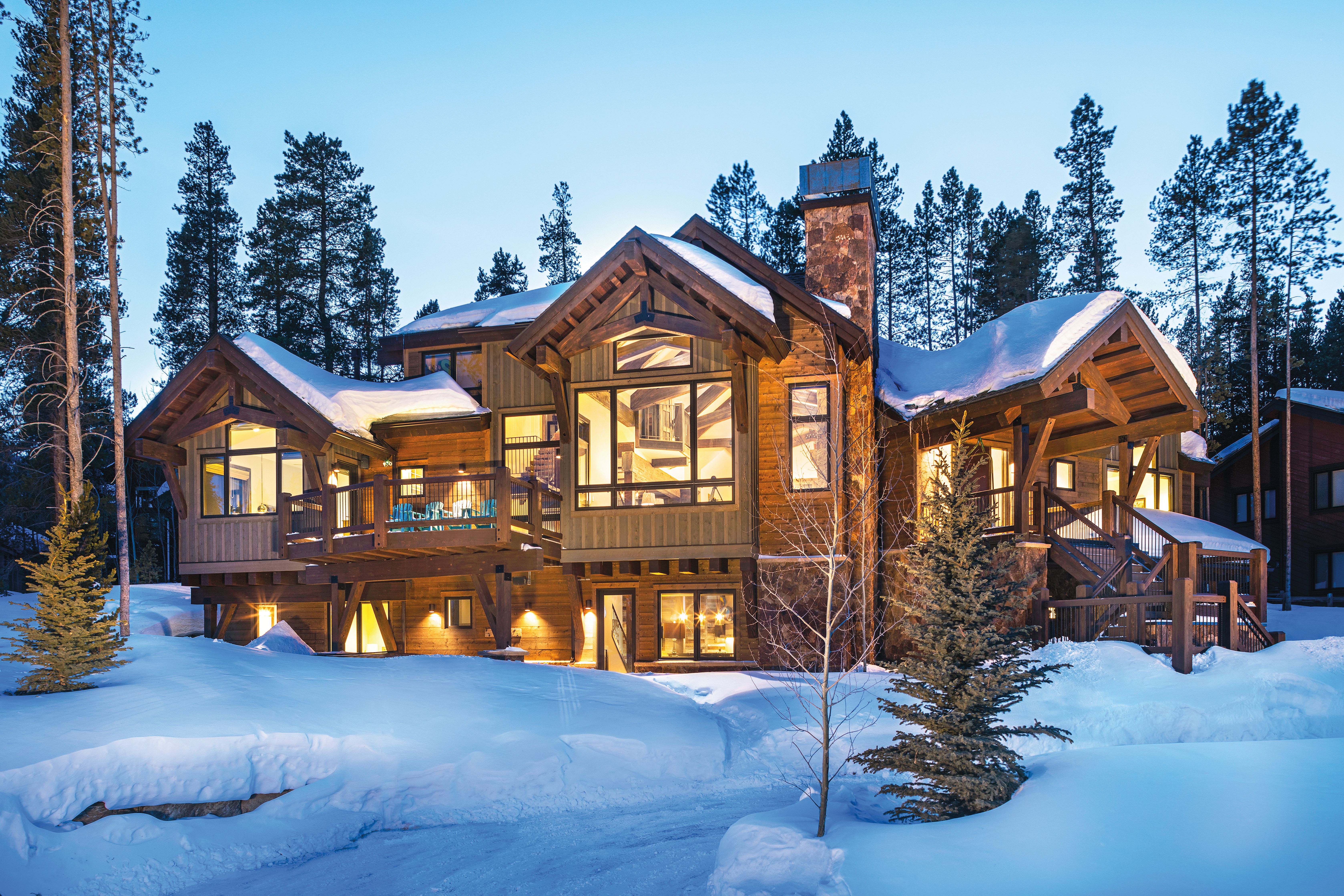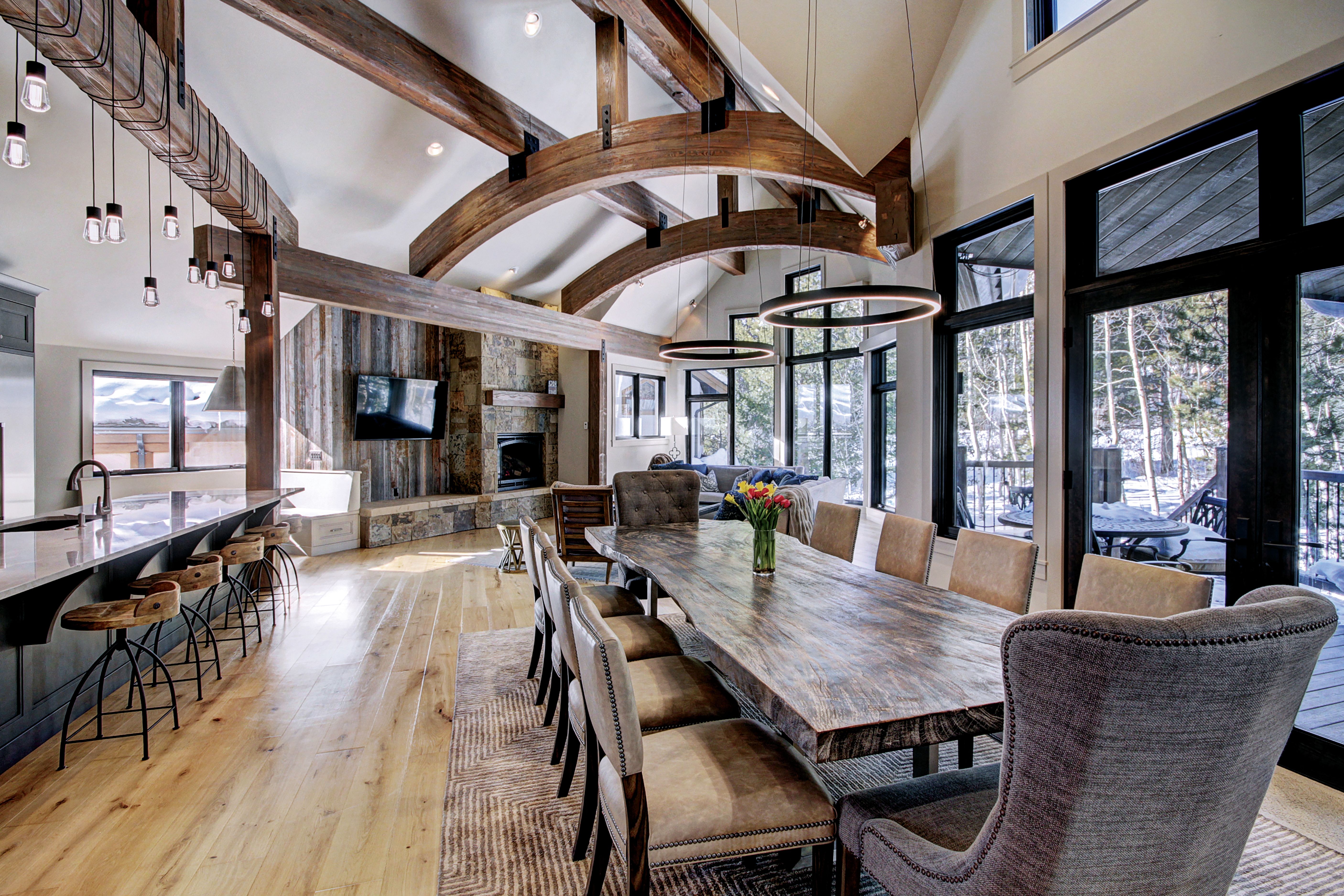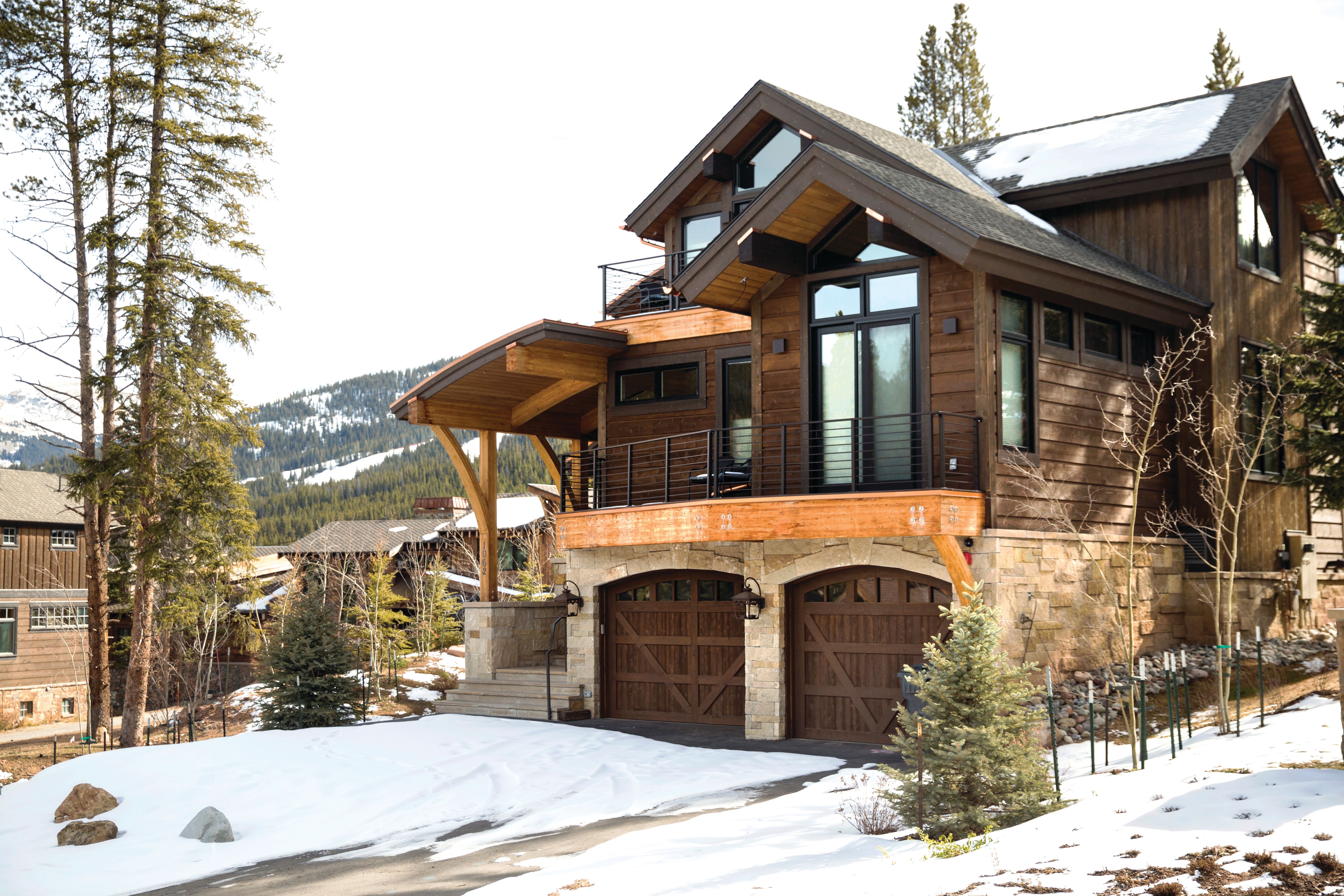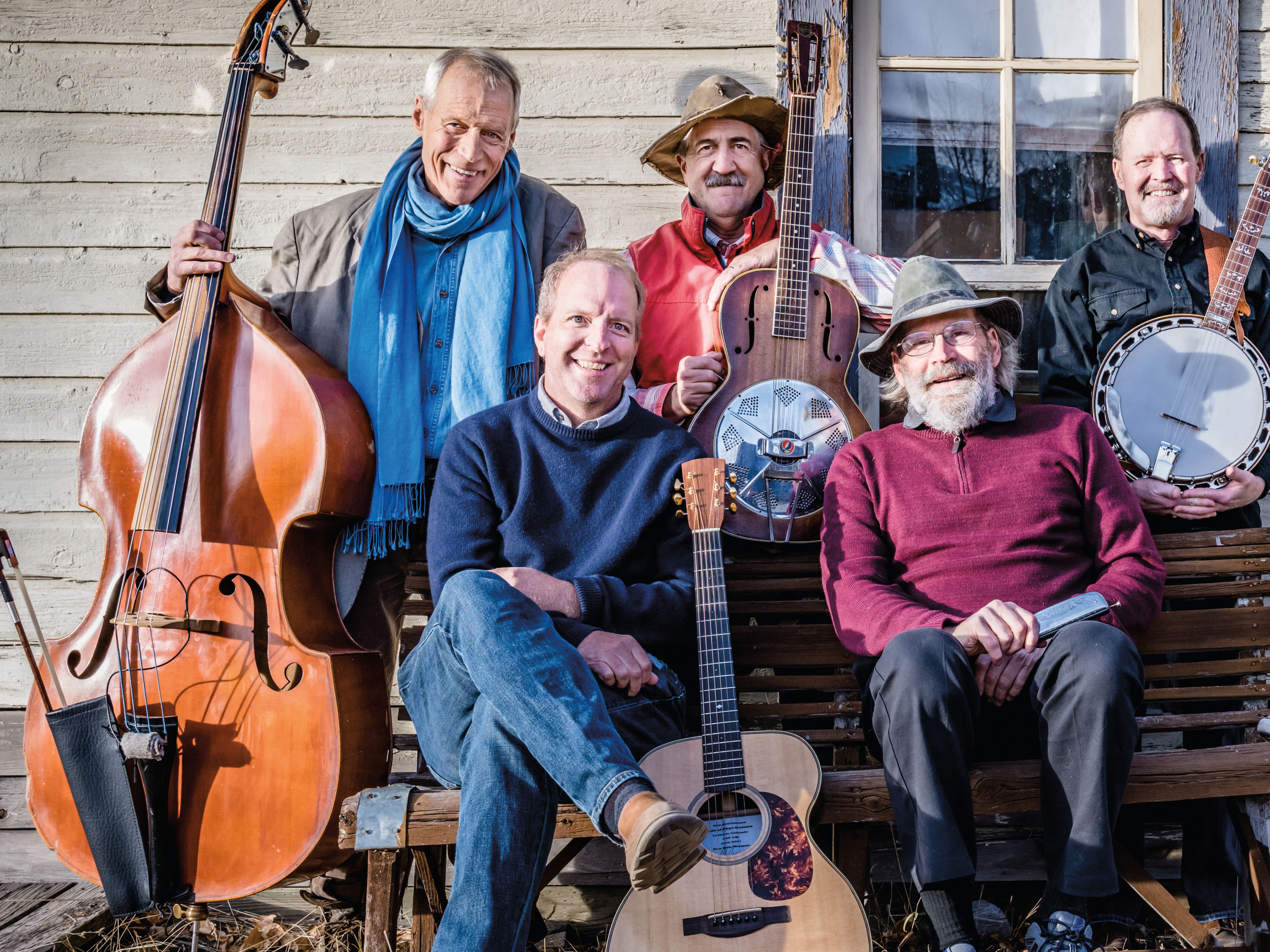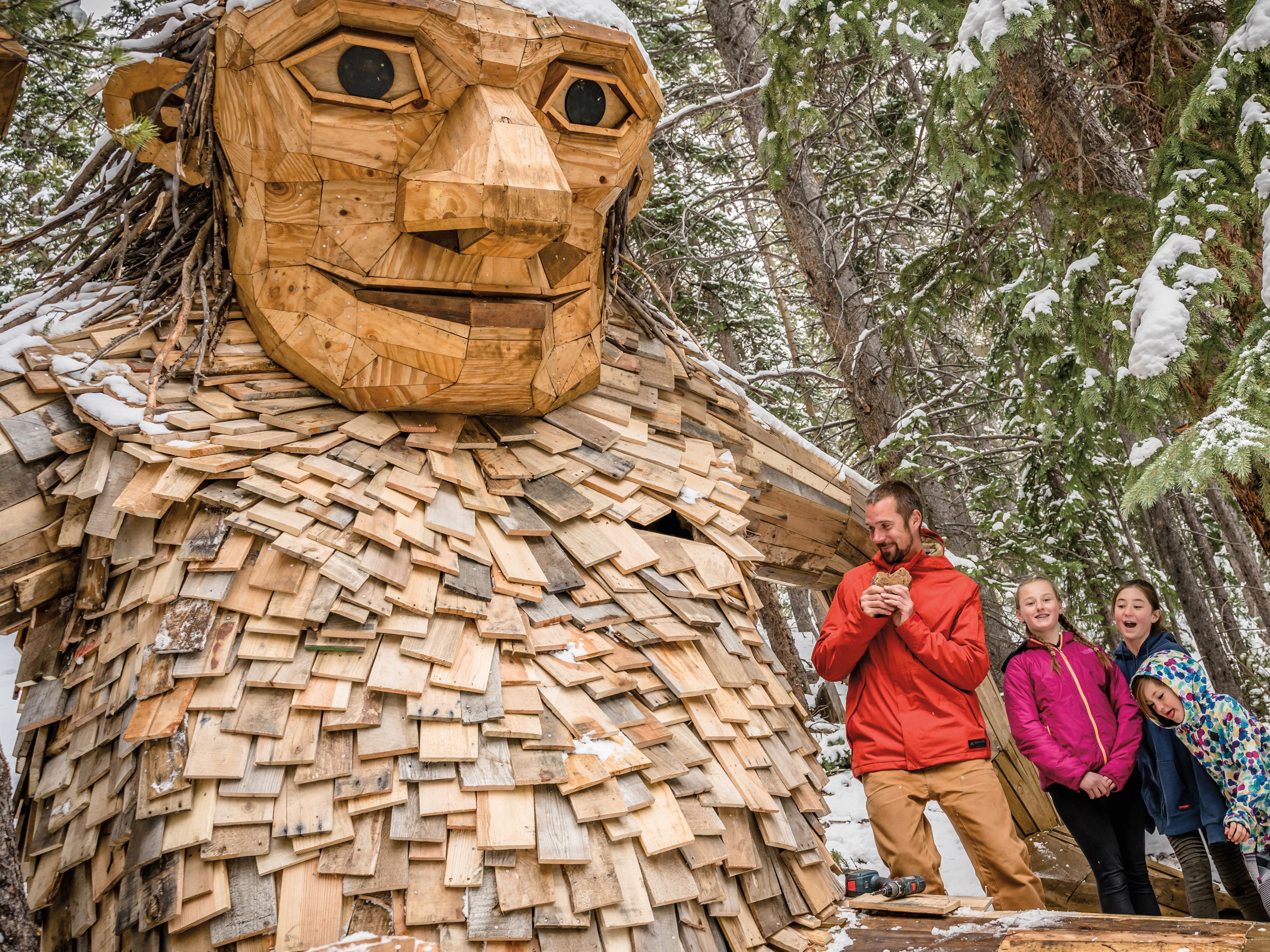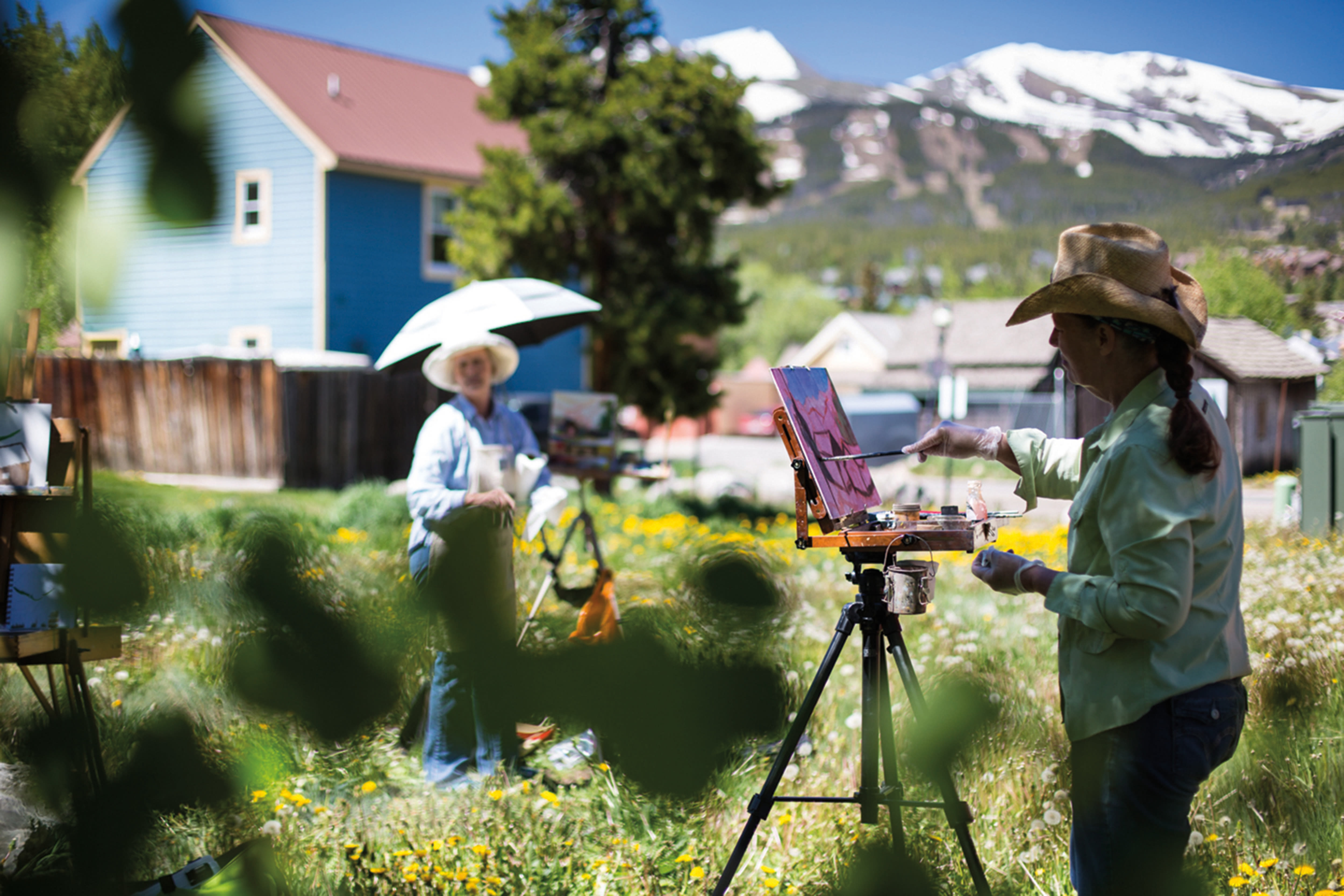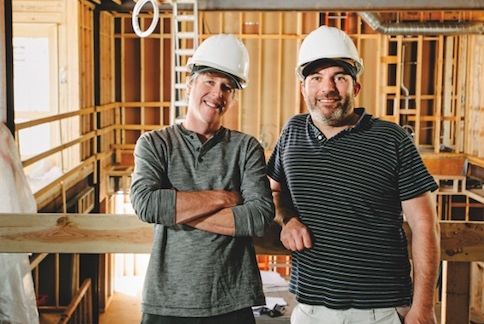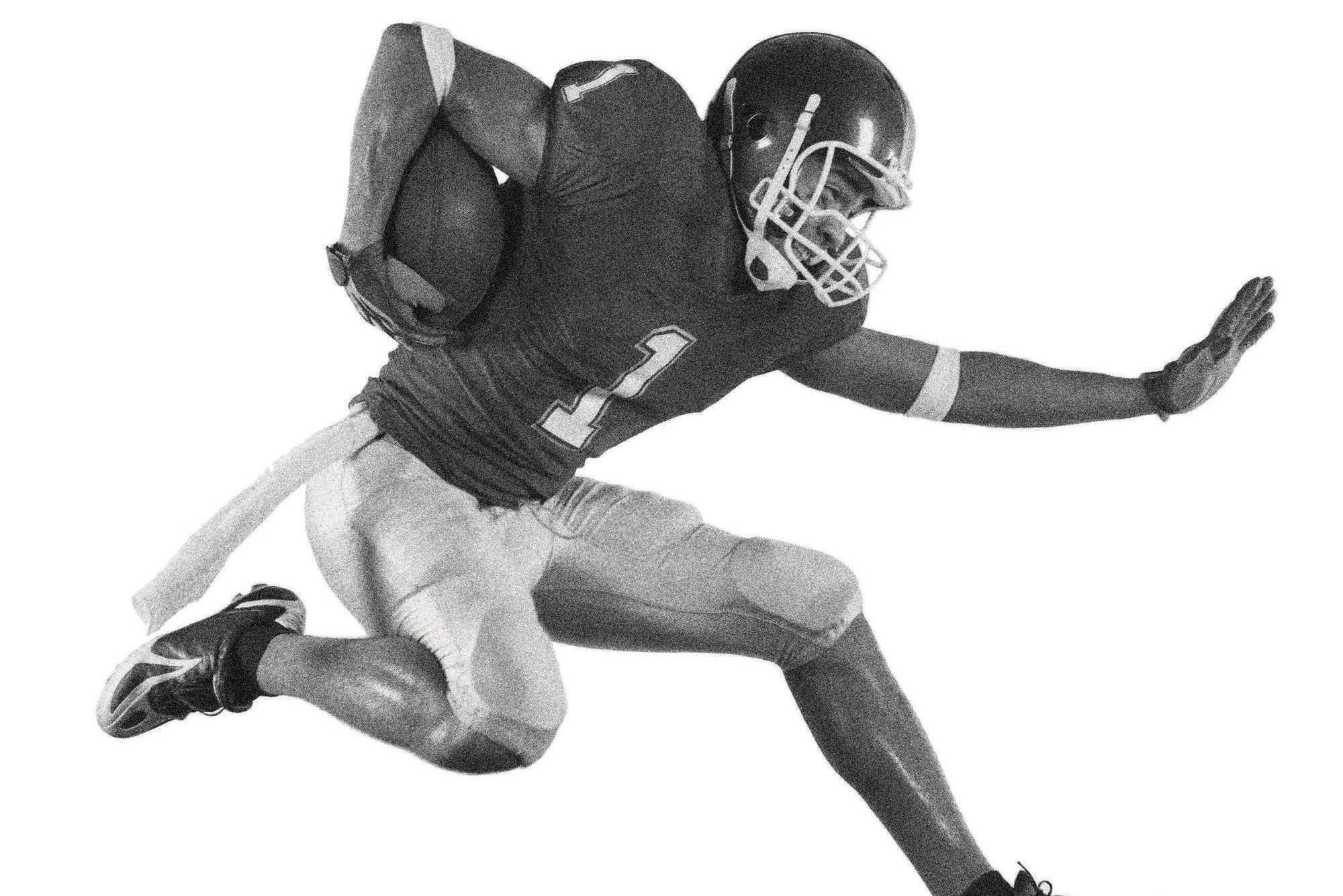People
Seizing Success
The entrepreneurial spirit is alive and well in Summit County.
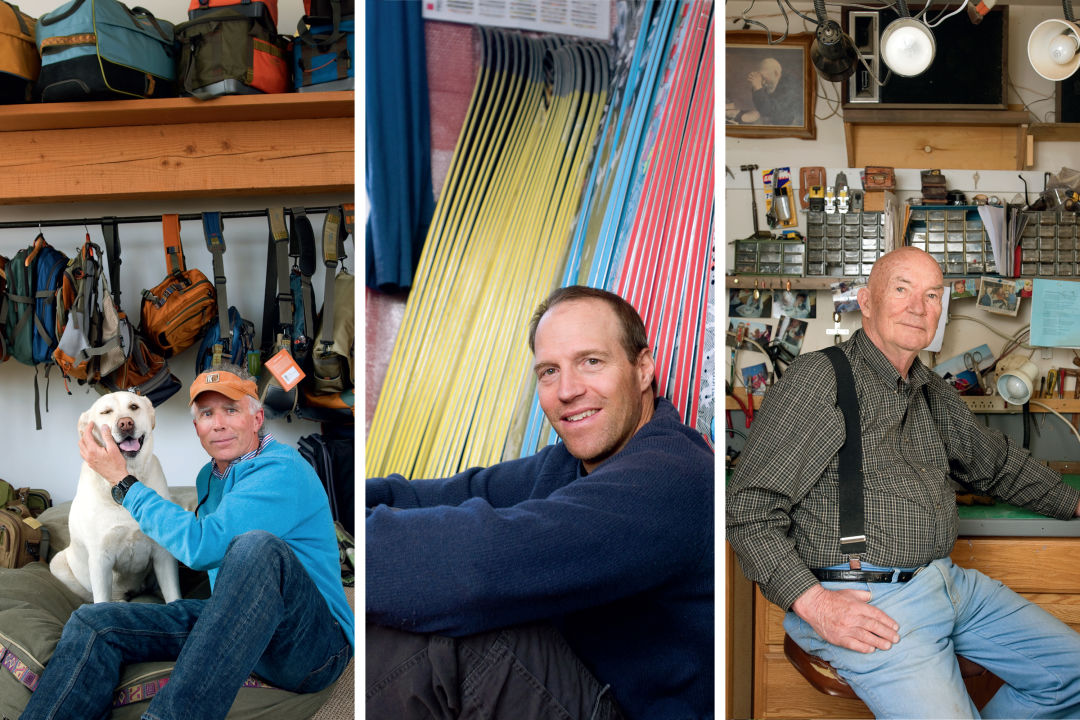
To some degree, everyone living in a mountain community is an entrepreneur. Whatever our individual goals, the baseline for all of us is simply to support what it takes to keep living here. As a result, the range of enterprise ideas is perennially vast and evolving, from selling crêpes on the side of Main Street in Breckenridge to launching and growing an international gear company.
The line that separates the businesses that endure from those that may only last a winter or two is fine. The odds of survival tend to depend on how well one adapts to a changing market and economy, but such factors sometimes swing beyond anyone’s control. As was said in the classic baseball movie Bull Durham, “Sometimes you win, sometimes you lose, and sometimes it rains.”
But it hasn’t rained as much as it’s shined for the three entrepreneurs featured here. Fishpond co-founder John Land Le Coq has quickly etched an unlikely niche in the global fly-fishing and outdoor lifestyle gear industry. Fat-ypus co-founder Jared Mazlish introduced a new line of fat skis to an international army of powder addicts. And 81-year-old pack rat and handyman Jerry Rawles turned a Dumpster-diving habit into a wind-chime and ski-bench hobby that contributes tens of thousands of dollars to help disabled people learn to ski. In what follows, they discuss the strategies that have enabled them to succeed, how those strategies can be applied to other ventures, and why they still make time to ski at least a couple of days a week.
Casting a Fresh Line
“The key is to differentiate yourself,” says John Land Le Coq. “If you don’t have that, you’ll never go anywhere.”
Surrounded by bright, vibrant-colored fishing bags and equipment in the Dillon headquarters of fishpond, Le Coq is explaining how he and a friend, David Thompson, have managed to infiltrate fly-fishing’s good-old-boys’ club and capture a rapidly growing corner of its soft-goods market. Le Coq, a sometime photographer who has shot images around the world for Fortune 500 companies such as Microsoft, UPS and Nissan, knows what he’s talking about when it comes to launching a successful business. In 1984, he bought a plastic tray at a Target store in Boulder and built a bag around it. The resulting product line became Case Logic, a $35 million-a-year CD- and cassette-storage brand he sold to a Dutch holding company in the early ’90s.
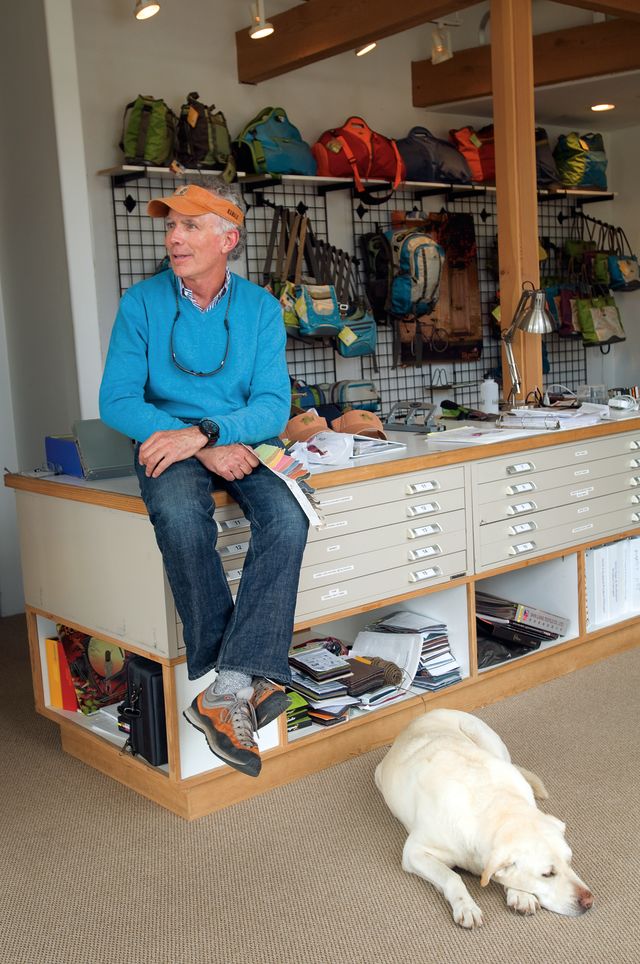
John Land Le Coq
“You want to start with the right kind of product, as simple as you can make it, figure out an identity as far as branding it, then go out and sell it,” says Le Coq, 51. “I think too many businesses start with too much money. Then you’re always playing catch-up.”
The roots for fishpond (whose lower-case title reflects the brand’s irreverence) date to Le Coq’s youth. He started fly-fishing when he was 5 in an irrigation ditch in front of his family’s Boulder home. When he and Thompson—who handles the company’s logistics out of Kansas City (their products are manufactured in Asia)—decided to launch fishpond, they were intent on improving upon what they saw as inadequate accessories for fly-fishing. They didn’t skimp on their initial product designs—$3,000 to develop a clipper, $50,000 to develop a tippet dispenser—but otherwise focused their efforts on branding.
Using Le Coq’s beautiful landscape photographs, they gave fishpond an image that stood out, one the industry hadn’t seen before. In the company’s catalogs or on the tags attached to its retail products, you might see snowy evergreens or wild horses or richly colored fall foliage—but never fish. “We’ve never branded off of fly-fishing,” Le Coq says. “It’s always about the environment and where you go.”
The goal, Le Coq explains, is to infuse a sense of place more than a sense of material. And consumers have responded: Le Coq says fishpond has been profitable from year one, a rarity among start-up businesses, even though it competes directly with behemoths like Orvis. “We kick their ass,” Le Coq says. “In the categories of soft goods and fishing vests, fly boxes, they can’t touch us.”
Thanks to its designs and colors—“color is our No. 1 attribute,” Le Coq notes—fishpond has gained traction with big-time reps and the sport’s hugely influential media, earning “Best in Show” gear reviews from the likes of Field & Stream magazine. Such accolades attest to the functionality of fishpond’s products, but in Le Coq’s view, the company’s success always goes back to branding decisions.
“This is us,” he remarks, pointing at a picture of a colorful, empty marsh. “This is why we all live up here.”
Le Coq himself lives on a 450-acre ranch north of Silverthorne, at the foot of the majestic Gore Range. He has a totem pole in his living room and a teepee in his yard. He estimates he skis 100 days a year, including backcountry, Nordic and resort forays. Two weeks after I spoke with him, he flew down to Tierra Del Fuego to fish a brown trout run on the Rio Grande River.
As for the future, this spring Le Coq and Thompson launched their lilypond line, a women’s bag collection that ventures ever further from fly-fishing’s core demographic. Like their fishpond mainstays, the lilypond line is rooted in colors that glow.
Birth of the Superfat
About seven years ago, Jared Mazlish jumped a 100-foot cliff on Whistler ski mountain in British Columbia—and landed violently on the rocks below. The explosive impact lacerated his liver, broke four bones in his back, fractured his scapula, collapsed a lung, blew out his shoulder and shattered his ribs, dramatically ending his career as an extreme skier.
As it happens, the crash also indirectly helped launch Mazlish’s next venture, Fat-ypus Skis, which he co-founded with a fellow Breckenridge local and deep-powder seeker, Dave Gelhaar. Unhappy with the industry’s fat-ski offerings, the duo bought a metal-cutting saw blade, chopped a pair of 162-centimeter snowboards in half lengthwise and then bolted them back together after removing a couple inches of surface area in the middle. They screwed on bindings to finish the product, then tested their renegade skis, whose extraordinary width performed—as they had suspected—extraordinarily well. Within a year, Mazlish and Gelhaar had prototyped the Fat-ypus A-Lotta, 140 millimeters underfoot.
The A-Lotta—so named because everyone kept telling its creators “that’s a lotta ski”—was significantly wider than anything else on the market. But rave reviews from Powder magazine, Skiing, Backcountry and Freeskier heralded the arrival of not just an oddball curiosity, but a whole new market segment.
“The A-Lotta was a game changer in the industry, and it put us on the map as the original superfat,” says Mazlish, 43, who first moved to Breckenridge in 1989. “When skiing them, it was so obvious so quickly how well they worked.”
Today, Fat-ypus sells about 800 pairs per year and has broadened its line to offer seven models, including one debuting this coming winter. Like the A-Lotta, each model begins with a capital letter—the D-Sender, the I-Rock, the E-Motion, the B-Nasty, the G-Butter and the V-Rock. All but two are specially designed to ski powder.
Mazlish, who became the sole proprietor last year when he and Gelhaar parted ways, says Fat-ypus has doubled its annual ski sales since 2007. He constantly involves the large team of professional skiers sponsored by Fat-ypus in his design modifications, adding “rocker” or tweaking a millimeter here or there in the sidecut. Even as other, larger ski companies have followed Fat-ypus’s lead by producing their own superfat skis, Mazlish remains focused on his own brand.
“For an independent company, a slow, manageable, consistent rate of growth is important,” he observes. “We’re still in the build-the-foundation stage. I think that takes at least 5 to 10 years.”
Mazlish has big goals for the years ahead, including profitability. Until then, he skis about once every other day on average, and thinks about how to make better skis.
“Being on the cutting edge is key,” he says of his strategy. “Each of our models, I think, is at the forefront of design.”
Reuse, Refresh, Rejoice
Jerry Rawles, 81, isn’t a typical entrepreneur. “All the stuff we do goes to charity,” he says in his home on Tiger Road in Breckenridge, sitting next to his wife of 51 years, Suzie.
Originally from Great Falls, Montana, Rawles moved to Breckenridge in 1989 after retiring from a paper company in Washington state. He wanted to be closer to his sons, who are collectively (and rather famously) known as the Rawles Brothers, a trio of Breck rippers who spent a decade on the Pro Mogul Tour. Mike, now 48, won the overall title one year, and Scott, 50, and Kirk, 49, were always in the hunt.
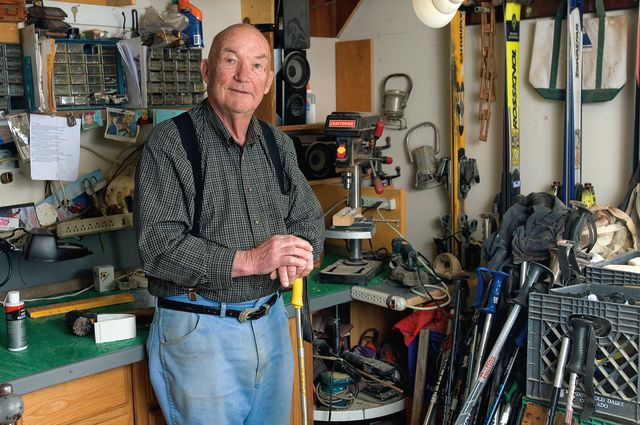
Jerry Rawles
By his own admission, Jerry Rawles is a Dumpster diver. But he was amazed at how much he found in Summit County’s drop boxes that seemed to have potential for reuse. “I’d find all these ski poles at the recycling center and in all the Dumpsters,” he says. “And finally the ski shops started saying, ‘We’ll save them for you.’”
Rawles collects the cast-off poles and scrap wood during his weekly drop-box forays to use for his homemade wind chimes: he cuts everything to size, varnishes the wood and builds the finished product. Suzie paints the wind catcher for good measure. Eleven shops sell them for $20 apiece, and all proceeds go to the Breckenridge Outdoor Education Center (BOEC), which helps people with disabilities learn to ski. Rawles also makes about 10 custom benches per year out of old skis that he cuts in half, and sells them for $150. To date, his handiwork has contributed more than $40,000 to the BOEC.
Rawles, who doesn’t own a computer or a cell phone, still skis about 50 days a year in his rear-entry boots. His and Suzie’s names can be found on four of the BOEC’s sit-ski buckets, honoring their donations. But that recognition doesn’t compare to the feeling he gets in his gut when he visits the BOEC’s winter office.
“My back isn’t good enough to lift those people,” Rawles says, “but ... ” Tears well up in his eyes, but eventually he composes himself. “When you see all the young kids who are healthy and skiing, and then you see kids with no legs ...”
He is again too emotional to continue, but his point is obvious. Success means something different to each entrepreneur, and for Rawles, it has meant that other people get to feel the wonderful sensation he feels when he slides down a mountain—a reward he values more than money.
Breckenridge resident Devon O’Neil is a contributing writer for Skiing magazine and ESPN.com. More of his work can be viewed at devononeil.com.

